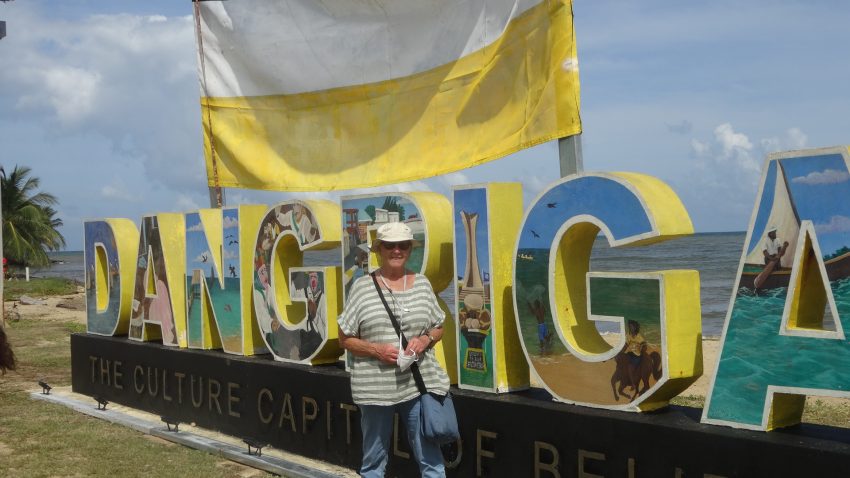
African people in the Americas
Two years ago we visited Belize and Livingston in Guatemala and encountered Garifuna people for the first time. I was interested to learn how the Garifuna came to live in Central America and still retained the culture of their African heritage, while it seems to me that so many Afro-Americans who endured centuries of slavery have not been able to. What do we lose when we migrate? What do we keep? Why? Is music more permanent than language? Is it easier to retain one’s culture in a ghetto while also more dangerous?
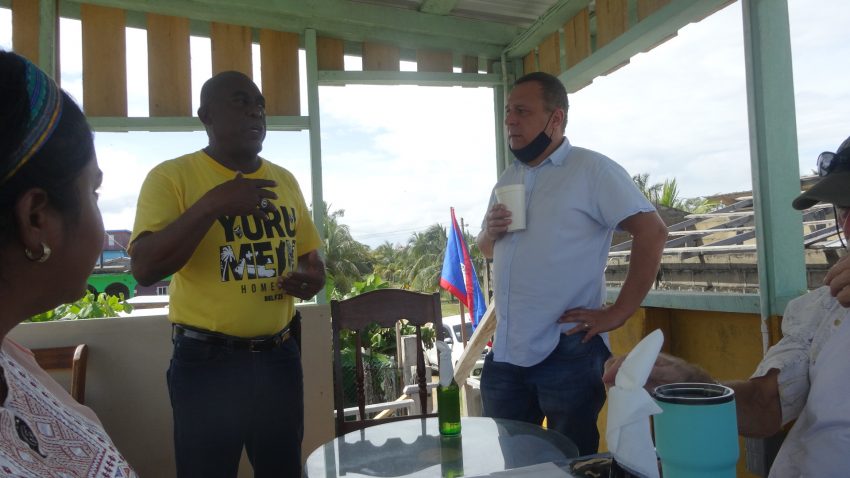
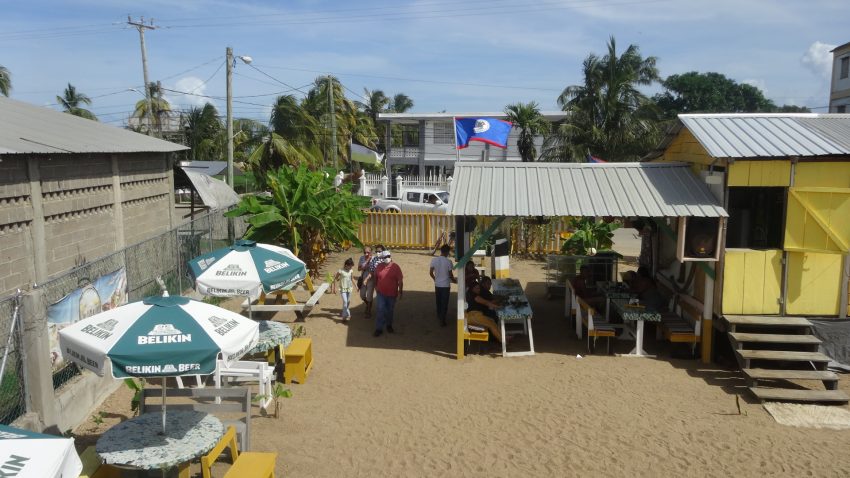
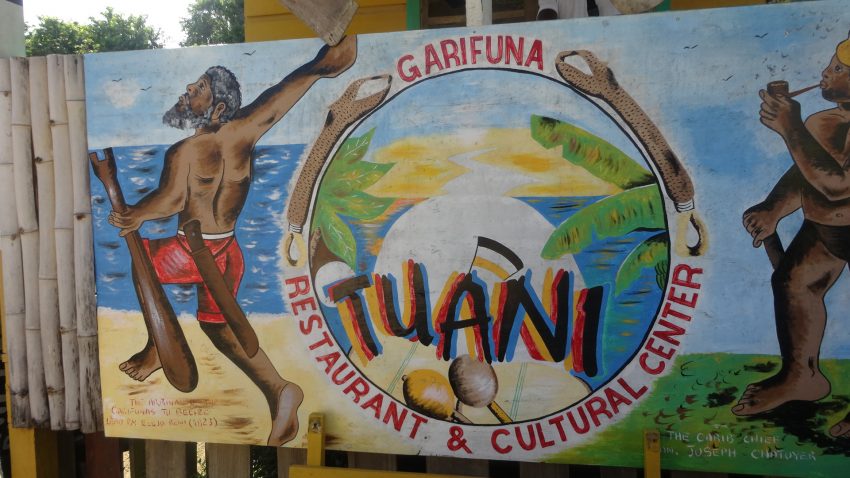
Cultural survival and slavery
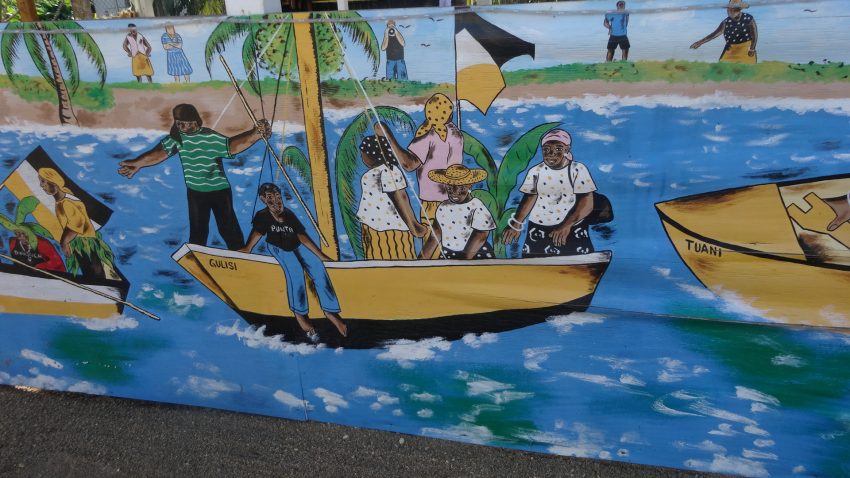
Syncretised religions like Santeria in Cuba combine African spirituality with Christianity but Afro-Cubans don’t seem to be as African as the Garifuna. I felt closer to my African home in Belize than I did in Cuba and wanted to know what had made such a difference. The Garifuna, captured as slaves in West Africa, were either shipwrecked on the Grenadines or took over the Spanish slave ships and landed there. They never lived in the Caribbean as slaves but instead as freemen and warriors integrating with the Arawak and Taino.
Garifuna Settlement Day
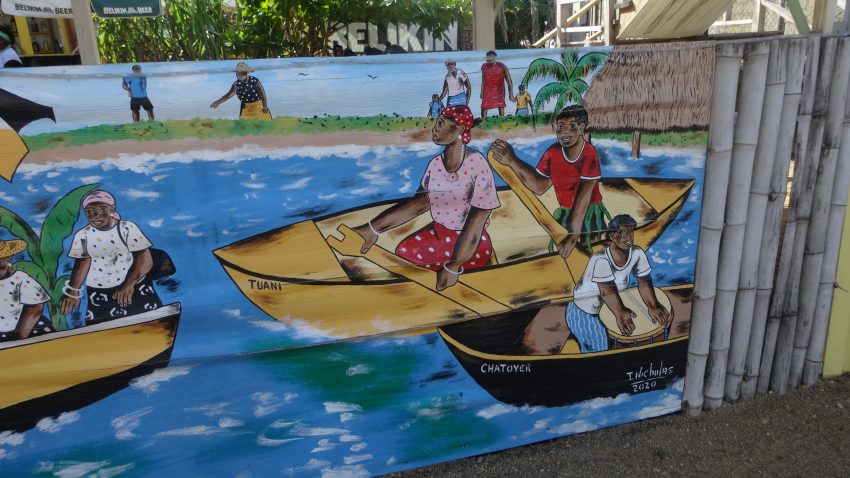
When we returned to Belize in November we planned to go to Garifuna Settlement Day to see the enactment of the arrival of the Garifuna on the beaches of Belize. Sadly Covid restrictions meant that the celebration and the drumming were restricted. Instead, we went to a meal in Tuani, the cultural centre where we met Gilbert Swaso who told us some of the Garifuna history. The history can be seen in the pictures on this post.
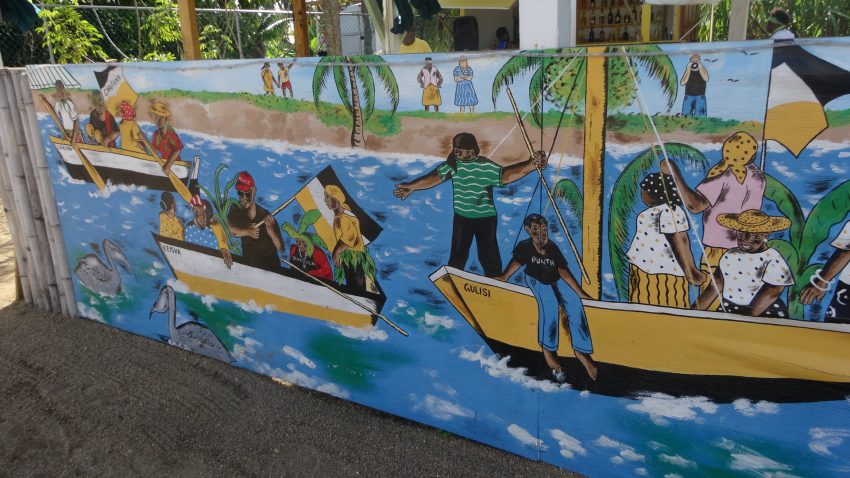
The history of the Garifuna people.
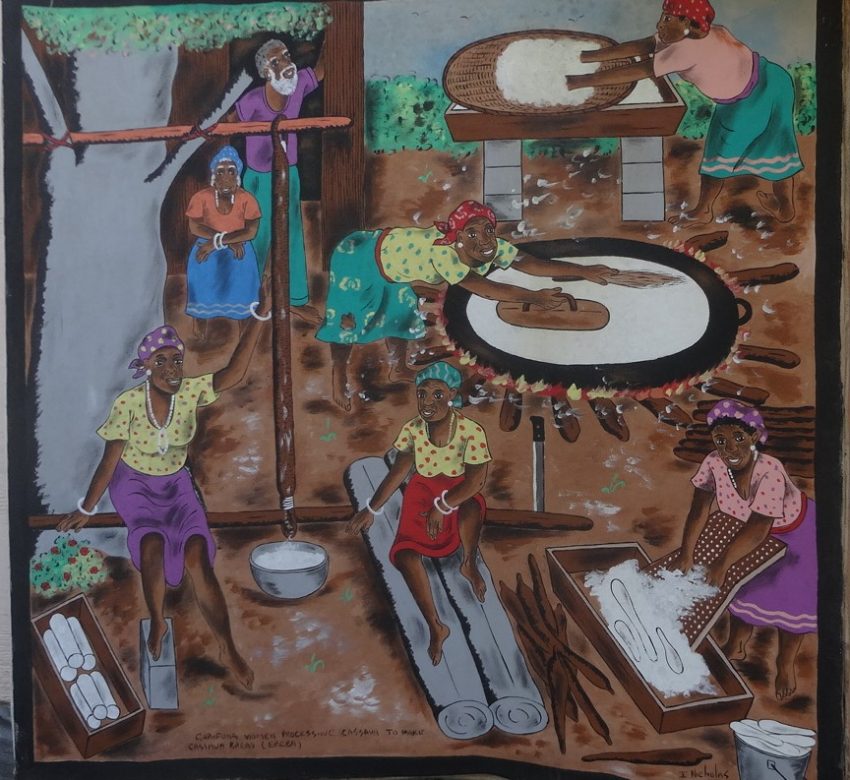
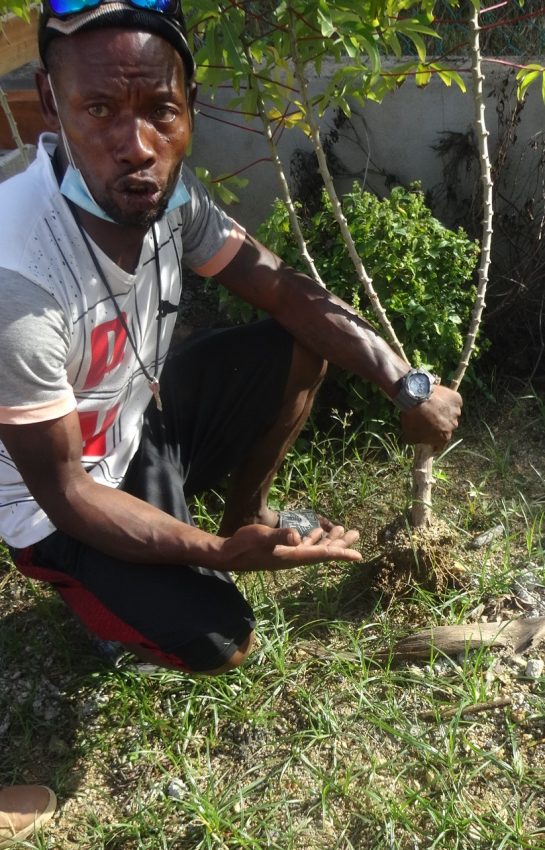
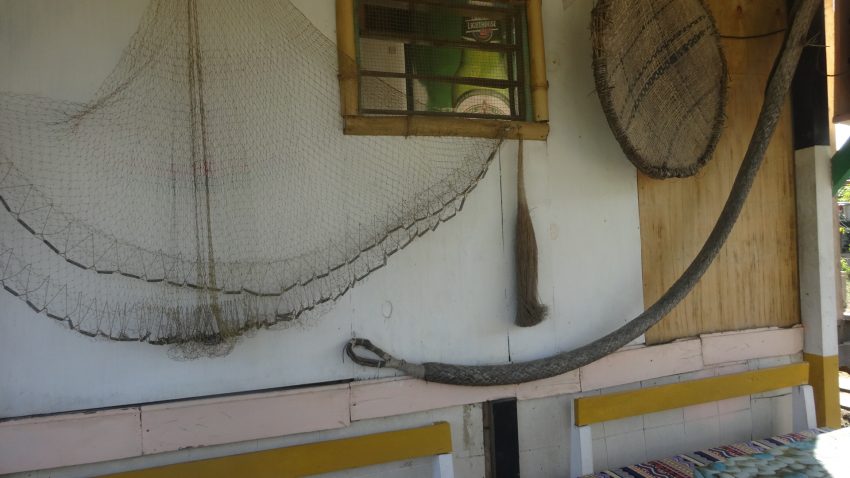
The Garifuna are currently writing their history. It’s important to analyse and reinvent the past to understand and reshape the world. History written by the victors distorts our present lives and damages our futures even if we believe we’re on the side of the victors. What stories should we tell ourselves? Gilbert Swaso told us that perhaps Africans crossed the Atlantic Ocean before the start of the Slave Trade – the Triangle Trade. I wondered if that would have been possible in dugout canoes even with favourable Trade Winds until I remembered the Kon Tiki expedition on balsa wood rafts from Peru across the Pacific Ocean to the South Seas. ‘Maybe?’ I thought.
My own stories
I invent stories that can be read in different ways. I don’t want to tell people what to think. I can’t claim to know the whole truth about my own life and my memoirs are fragile constructions of uncertain facts. My relationships with people and my world are constantly disintegrating and reforming. All I can do is hope and love.